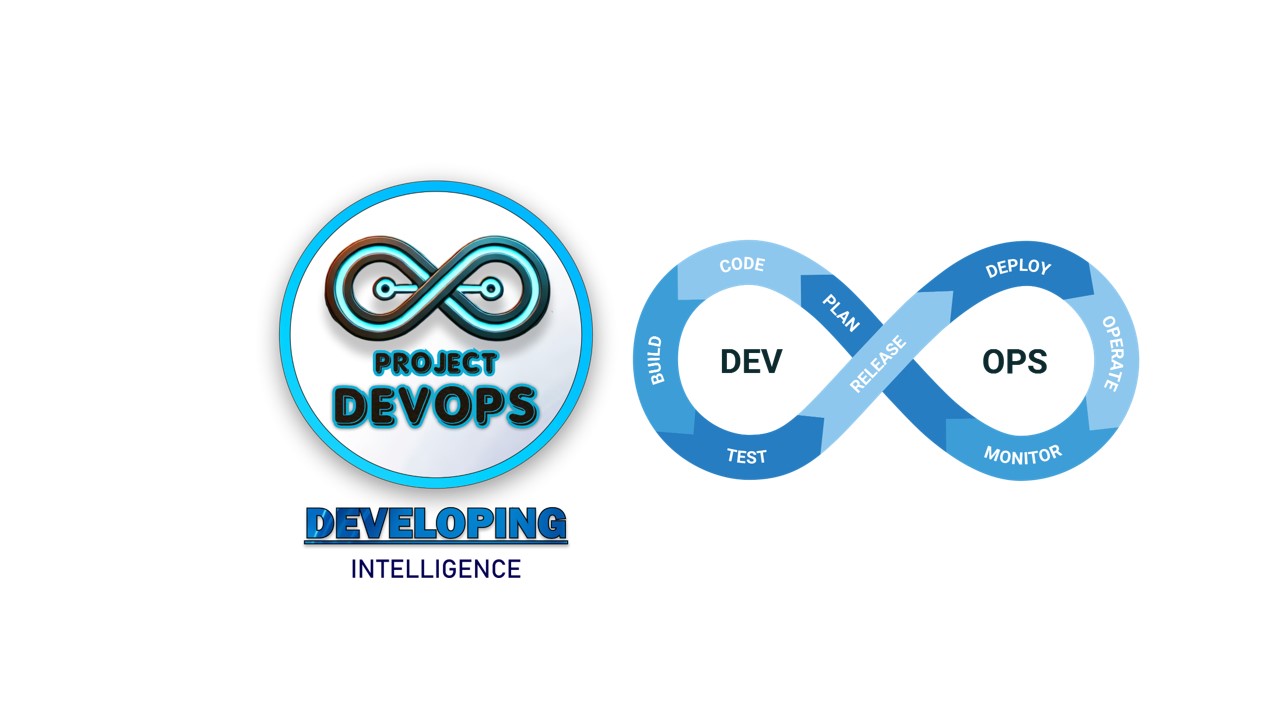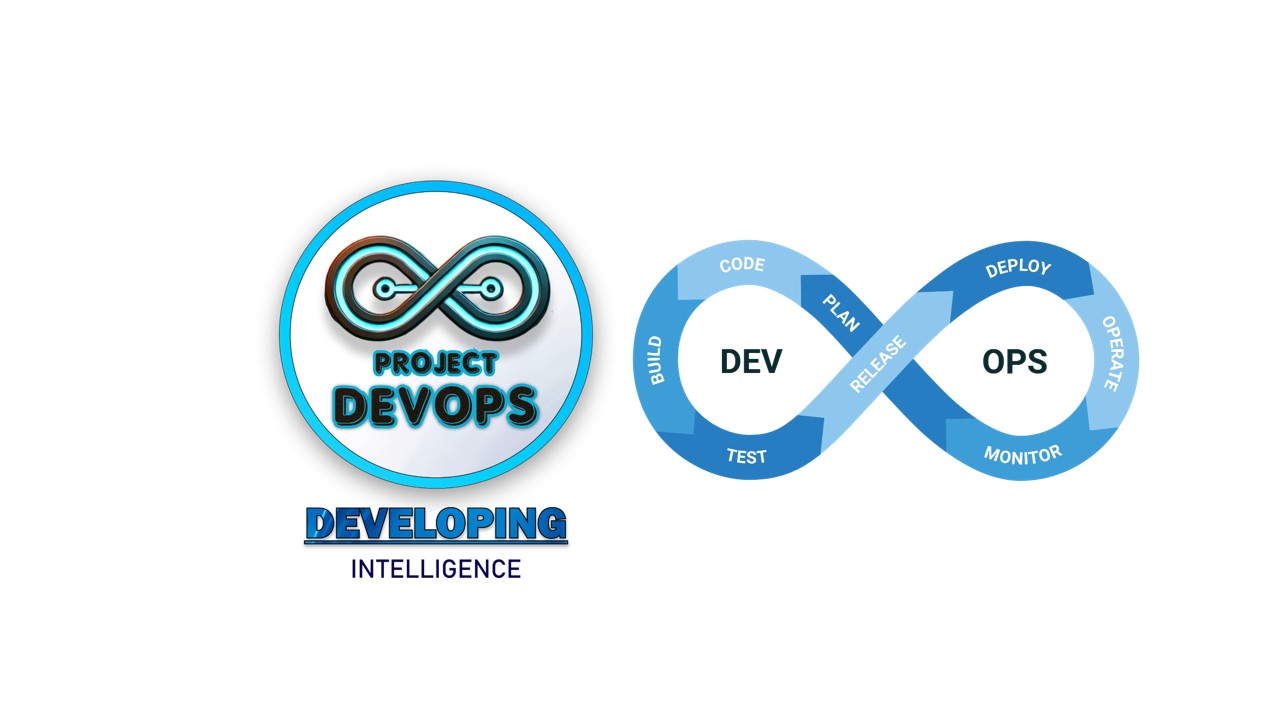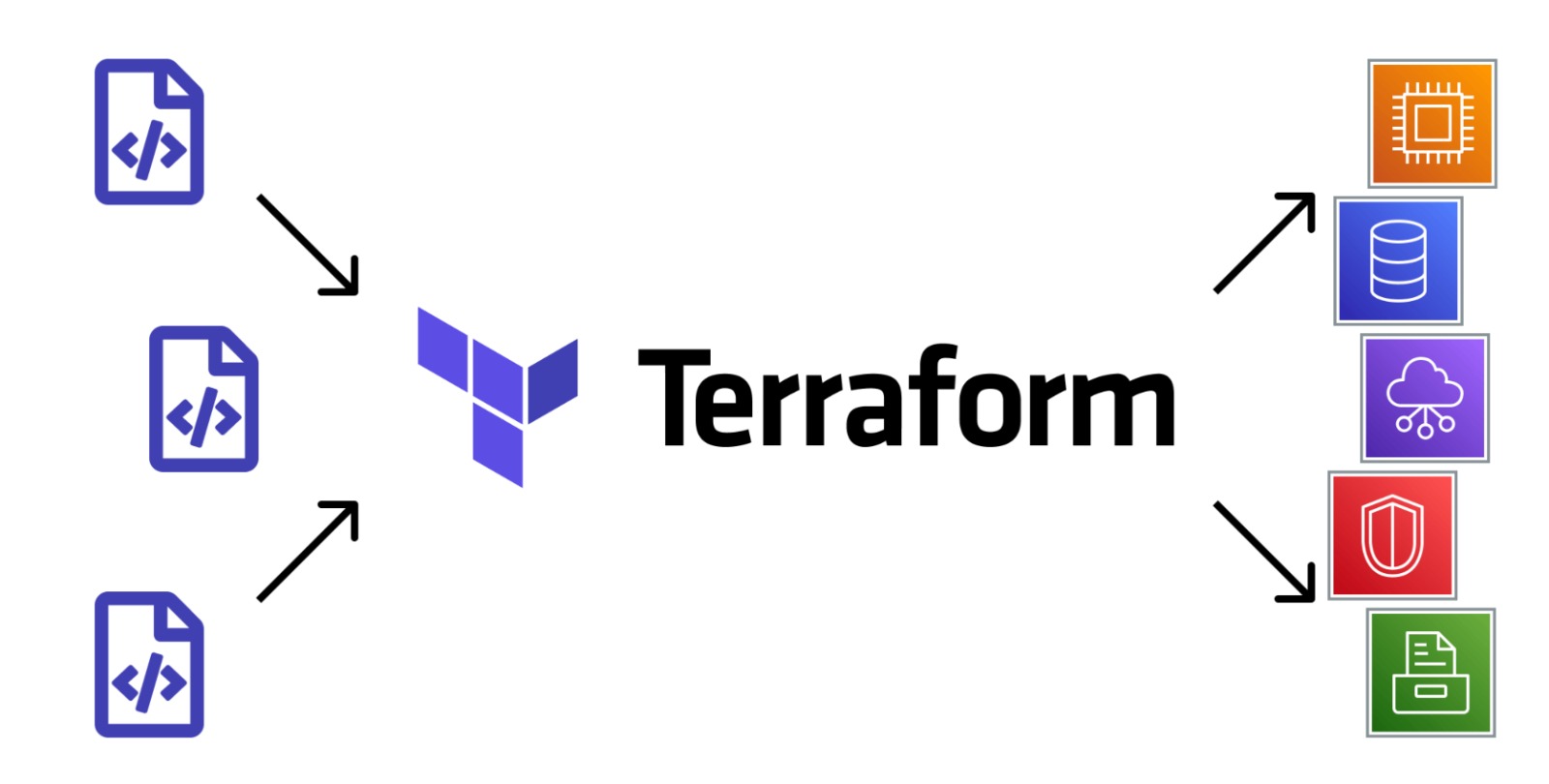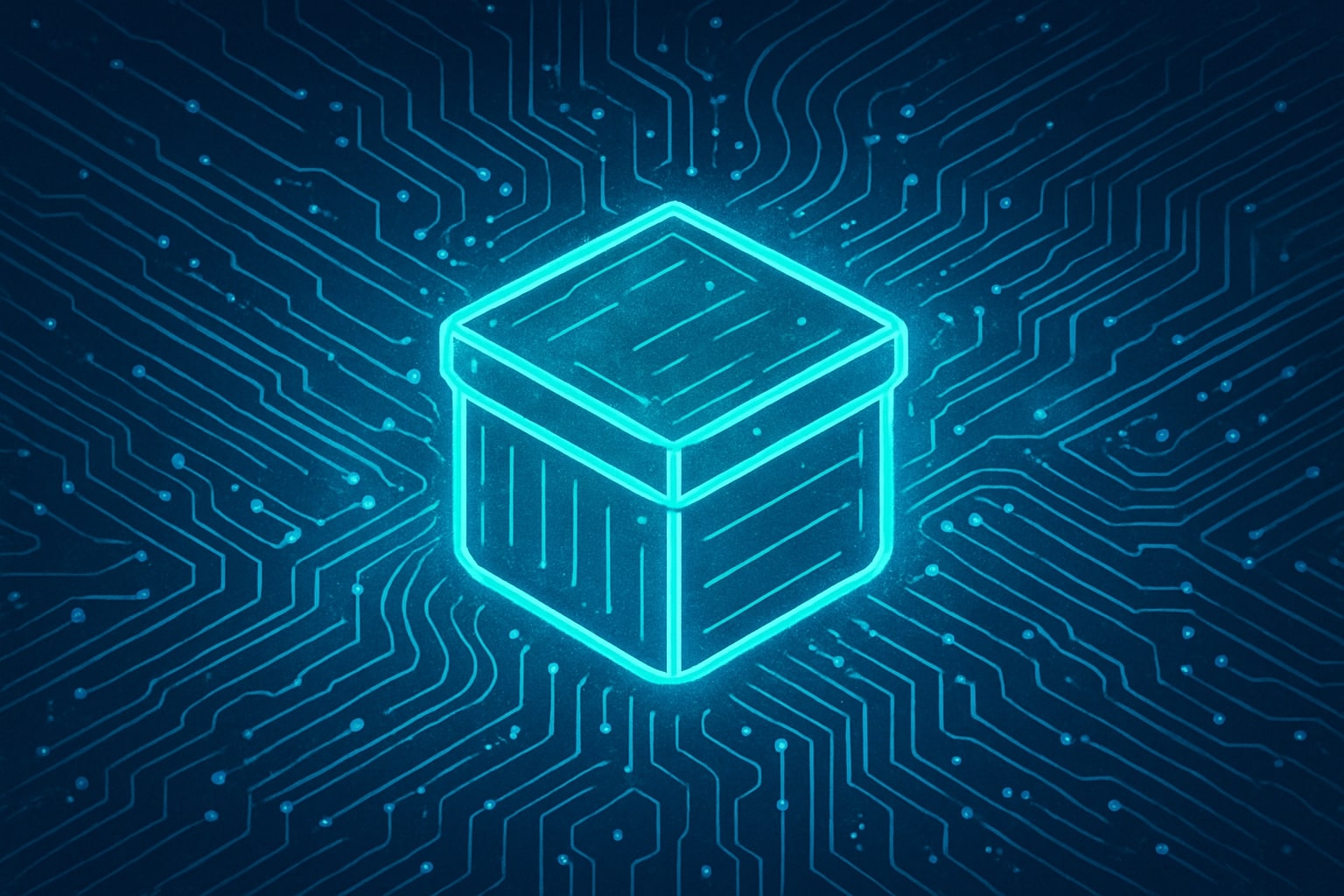From DevOps Engineer to Cloud Architect: a comprehensive guide for 2025

Cloud computing has matured into the dominant platform for modern software and hardware. DevOps engineers–specialists in automating software delivery and managing CI/CD pipelines–are increasingly moving into cloud architecture roles because organisations need leaders who can design secure, scalable platforms that meet business and regulatory requirements. This article explores how a DevOps engineer can transition to a cloud architect in 2025. It covers the difference between the roles, the qualifications and experience needed, the technical and soft skills to develop, recommended tools and certifications and ends with a hands‑on example of infrastructure design.
1. DevOps engineer vs cloud architect – why transition?
DevOps engineers sit at the intersection of development and operations. According to Yardstick’s comparison, they focus on building and maintaining CI/CD pipelines, use tools like Jenkins, GitLab CI and Docker and work closely with developers to deliver updates quicklyyardstick.team. Cloud architects, by contrast, design and manage a company’s cloud computing strategy, choosing services and architectures that meet technical and business requirementsyardstick.team. Their responsibilities include designing scalable solutions, ensuring cost optimisation and security compliance and collaborating with other teams to implement the architectureyardstick.team.
The move from DevOps to cloud architecture appeals for several reasons:
Strategic influence and higher compensation. Cloud architects occupy a senior, visionary role. They report to CIOs/CTOs and shape the long‑term cloud strategyyardstick.team. Industry analyses show that cloud architects earn higher salaries than DevOps engineers; Zero to Mastery cites average compensation around $202k in 2025zerotomastery.io.
Growing demand. Public‑cloud spending is projected to exceed $720 billion in 2025zerotomastery.io. Skillsoft’s survey notes that cloud architect certifications lead to some of the highest paying IT rolesskillsoft.com.
Leverage of DevOps skills. The DevOps foundation of automation, infrastructure‑as‑code (IaC) and CI/CD is directly applicable to cloud architecturecloudmize.medium.com. Many cloud architects start as DevOps engineers or system administratorszerotomastery.io.
2. Qualifications and experience
A formal degree in computer science or engineering helps but is not mandatory. Employers value hands‑on experience and a broad foundation in systems engineeringzerotomastery.io. Common backgrounds include:
Operating systems and systems administration. Cloud architects need to understand multiple operating systems to manage different customers’ environments and to control memory, CPU and resource allocation
. Knowledge of Linux is essential, and familiarity with Windows servers is useful.
Networking and security. Architects must design networks that span multiple cloud providers, manage DNS, IP addressing, content‑delivery networks (CDNs), HTTP and TCP protocols and navigate hybrid or multi‑cloud networking
. They should also understand firewalls and encryption to provide physical and network security
and comply with regulations like GDPR or HIPAA
.
Programming. Proficiency in at least one programming language (e.g., Python, Java or C#) helps automate infrastructure and collaborate with developers. Python is widely used for algorithms and data manipulation while Java provides strong memory management
Existing DevOps experience. Experience with CI/CD tools, configuration management and containerization provides a strong base from which to design infrastructurecloudmize.medium.com.
Recommended certifications
Certifications validate skills and open doors. Popular options include:
CertificationProviderFocusAWS Certified Solutions Architect – Associate/ProfessionalAmazonDesigning architectures with AWS services, security and cost optimisation.Microsoft Certified: Azure Solutions Architect ExpertMicrosoftDesigning solutions on Azure, covering compute, storage, security and hybrid networking.Google Professional Cloud ArchitectGoogle CloudDesigning GCP architectures, analyzing and optimizing business and technical processesskillsoft.com.
Other useful credentials include the HashiCorp Certified Terraform Associate (IaC) and vendor‑specific security certifications.
3. Key skills and aptitudes for cloud architects
Being a successful cloud architect in 2025 requires a mix of technical depth and soft skills. Below are the core competencies drawn from industry research (GeeksforGeeks, Trevi Group and Medium).
3.1 Technical skills
Multi‑cloud expertise and orchestration. Organisations increasingly deploy across multiple providers (AWS, Azure, Google Cloud) to avoid vendor lock‑in. Architects must understand each platform’s services and manage multi‑cloud or hybrid networks
. Tools like Kubernetes, Docker and serverless platforms enable portabilitythetrevigroup.com.
Security-first mindset. Cloud architects safeguard data, applications and networks. They must design zero‑trust architectures, enforce encryption and identity management and ensure compliance with industry regulationsthetrevigroup.com. Knowledge of firewalls and encryption is crucial
.
Infrastructure as Code (IaC) and automation. Proficiency in Terraform, AWS CloudFormation or Pulumi allows architects to automate provisioning and enforce version controlthetrevigroup.com. CI/CD experience from DevOps helps integrate IaC into pipelines and ensures repeatable deploymentskodekloud.com.
Programming and scripting. Python, Java or C# enable automation and custom tooling
. Understanding how to interpret and draw conclusions from data allows architects to assess system performance
.
Networking fundamentals. Knowledge of DNS, IP addressing, HTTP, TCP and CDNs is necessary to design reliable networks
. Architects must also handle server virtualization and container networking
.
Data‑driven architecture and AI/ML integration. Modern cloud solutions often ingest and process data at scale. Architects should be comfortable designing architectures around data lakes, analytics services and machine‑learning platforms such as AWS SageMaker, Azure ML or Google Vertex AIthetrevigroup.com.
Cost optimisation and FinOps. Balancing performance and cost is critical. Cloud architects analyze utilisation, choose appropriate pricing models and implement governance policies to avoid runaway expensesthetrevigroup.com.
Resilience and disaster recovery. High availability, backup strategies and disaster recovery planning across multiple availability zones or regions ensure business continuitythetrevigroup.com.
Continuous learning. The pace of cloud innovation demands ongoing learning and adaptability. Architects must stay current with new services, security threats and best practicesthetrevigroup.com.
3.2 Soft skills
Strategic thinking and design. Cloud architects act like building architects; they think strategically to design secure and effective cloud solutions that address business problems
. Understanding both current and legacy systems enables them to integrate new architectures smoothly
.
Communication and teamwork. Architects collaborate with engineers, managers and stakeholders. Clear communication helps teams understand the workflow, improves engagement and ensures customer requirements are met
. Teamwork skills foster collaboration, cooperation and tolerance
.
Leadership. Leading cross‑functional teams requires the ability to instruct, motivate and guide others. Persistence, emotional intelligence and decision‑making are important traits
.
Analytical skills. Data‑driven thinking helps interpret logs, monitor performance and make intelligent decisions. Cloud architects must be able to interpret data, identify trends and draw conclusions
.
4. Tools and technologies
A future cloud architect should be comfortable with a variety of platforms and tools:
CategoryExamples and notesCloud platformsAWS, Microsoft Azure and Google Cloud Platform are the big three. Familiarity with core services (compute, storage, networking, databases, serverless) across at least two providers is valuable
.Containerization & orchestrationDocker for packaging and Kubernetes for orchestrating container workloads; Fargate, ECS and AKS for managed container services. Container experience is common to both DevOps and cloud architecturecloudmize.medium.com.Infrastructure as CodeTools such as Terraform, CloudFormation and Pulumi allow declarative infrastructure provisioning and integrate into CI/CD pipelines.CI/CD and DevOps toolingJenkins, GitLab CI/CD, GitHub Actions and Azure DevOps. Even as a cloud architect, understanding these tools helps integrate architecture changes into pipelineskodekloud.com.Monitoring and observabilityPrometheus, Grafana, Datadog, AWS CloudWatch, Azure Monitor. Monitoring ensures that deployed architectures meet performance and reliability goalskodekloud.com.Security & identityIAM (AWS IAM, Azure AD), secrets management (HashiCorp Vault, AWS Secrets Manager), firewalls and network ACLs, encryption tools.Scripting & automationLanguages like Python, Bash and PowerShell; API SDKs (Boto3 for AWS, Azure SDK for Python/Go).
5. Transition roadmap
Below is a suggested roadmap for a DevOps engineer aiming to become a cloud architect:
Leverage your DevOps foundation. Highlight your expertise in automation, CI/CD and containerization when applying for cloud roles. These skills demonstrate the ability to build efficient, repeatable systemscloudmize.medium.com.
Deepen your cloud knowledge. Start with one major provider (AWS, Azure or GCP), understanding core services, networking and security. Build small projects or labs to practice designing high‑availability architectures. Expand to multi‑cloud once comfortablecloudmize.medium.com.
Master networking and security. Learn VPC/VNet design, subnets, routing, firewalls, encryption, identity and access management and regulatory compliance
. Take security‑focused courses.
Develop architecture design skills. Study reference architectures and design patterns. Practice drawing architecture diagrams and explaining design decisions to non‑technical stakeholders. Use whiteboarding or tools like draw.io.
Build multi‑cloud and container expertise. Experiment with Kubernetes, serverless computing and container orchestration across multiple cloudscloudmize.medium.com. Learn when to use containers versus managed services.
Acquire certifications and credentials. Pursue the solution architect certifications listed above and IaC certifications (e.g., Terraform Associate) to validate your skillsskillsoft.com.
Network and seek mentorship. Connect with existing cloud architects, join professional communities and engage in open‑source projects or meetups. Real‑world guidance accelerates growthcloudmize.medium.com.
Document a portfolio. Showcase projects demonstrating architecture design, cost optimisation, security, multi‑region deployment and disaster recovery. Employers value hands‑on portfolios over theoretical knowledge.
6. Practical example: designing a highly available web application on AWS using Terraform
To illustrate the shift from DevOps to cloud architecture, this section presents a simplified example of designing an Amazon Web Services (AWS) infrastructure using Terraform, an open‑source IaC tool. The goal is to build a highly available web application that automatically scales and is secured by firewalls.
6.1 Overview of the architecture
The architecture consists of:
VPC and subnets – a custom virtual network with public and private subnets across two availability zones.
Security groups – network firewalls controlling inbound and outbound traffic.
Load balancer – an AWS Application Load Balancer (ALB) distributes traffic across multiple application servers.
Auto scaling group – a group of EC2 instances that scales based on CPU utilisation or request count.
Database tier – a managed Amazon RDS instance in private subnets for persistent data.
The diagram below conceptually illustrates the setup (showed through description due to text constraints):
+---------------------------+ +------------------------------+
| Public Subnet 1 | | Public Subnet 2 |
| (AZ-a) | | (AZ-b) |
| ALB (public) | <---> ... | ALB (public) |
+-------------+-------------+ +-------------+----------------+
| |
v v
+--------------------+ +---------------------+
| EC2 instance ASG | (private) | EC2 instance ASG |
| (web application) | | (web application) |
+--------------------+ +---------------------+
| | | |
| +------------------------------------------+ |
| RDS (multi-AZ) |
+-----------------------------------------------+
6.2 Terraform configuration (simplified)
Create a directory with the following files.
provider "aws" {
region = "us-east-1"
}
# Create a VPC
resource "aws_vpc" "main" {
cidr_block = "10.0.0.0/16"
enable_dns_hostnames = true
tags = { Name = "main-vpc" }
}
# Public subnets across two availability zones
resource "aws_subnet" "public" {
count = 2
vpc_id = aws_vpc.main.id
cidr_block = cidrsubnet(aws_vpc.main.cidr_block, 4, count.index)
map_public_ip_on_launch = true
availability_zone = element(["us-east-1a", "us-east-1b"], count.index)
tags = { Name = "public-${count.index}" }
}
# Private subnets across two availability zones
resource "aws_subnet" "private" {
count = 2
vpc_id = aws_vpc.main.id
cidr_block = cidrsubnet(aws_vpc.main.cidr_block, 4, count.index + 2)
availability_zone = element(["us-east-1a", "us-east-1b"], count.index)
tags = { Name = "private-${count.index}" }
}
# Internet gateway and route table for public subnets
resource "aws_internet_gateway" "gw" {
vpc_id = aws_vpc.main.id
}
resource "aws_route_table" "public" {
vpc_id = aws_vpc.main.id
route {
cidr_block = "0.0.0.0/0"
gateway_id = aws_internet_gateway.gw.id
}
}
resource "aws_route_table_association" "public" {
count = 2
subnet_id = aws_subnet.public[count.index].id
route_table_id = aws_route_table.public.id
}
# Security group for the load balancer
resource "aws_security_group" "lb_sg" {
name = "lb-sg"
description = "Allow HTTP from anywhere"
vpc_id = aws_vpc.main.id
ingress {
description = "HTTP access"
from_port = 80
to_port = 80
protocol = "tcp"
cidr_blocks = ["0.0.0.0/0"]
}
egress {
from_port = 0
to_port = 0
protocol = "-1"
cidr_blocks = ["0.0.0.0/0"]
}
}
# Security group for the EC2 instances
resource "aws_security_group" "app_sg" {
name = "app-sg"
description = "Allow traffic from load balancer"
vpc_id = aws_vpc.main.id
ingress {
from_port = 80
to_port = 80
protocol = "tcp"
security_groups = [aws_security_group.lb_sg.id]
}
egress {
from_port = 0
to_port = 0
protocol = "-1"
cidr_blocks = ["0.0.0.0/0"]
}
}
# Launch template for EC2 instances
resource "aws_launch_template" "app" {
name_prefix = "app-"
image_id = data.aws_ami.amazon_linux.id
instance_type = "t3.micro"
user_data = base64encode(<<-EOF
#!/bin/bash
yum install -y httpd
systemctl enable httpd
systemctl start httpd
echo "<h1>Hello from $(hostname)</h1>" > /var/www/html/index.html
EOF
)
network_interfaces {
associate_public_ip_address = false
security_groups = [aws_security_group.app_sg.id]
}
}
# Auto scaling group
resource "aws_autoscaling_group" "app_asg" {
name = "app-asg"
min_size = 2
max_size = 4
desired_capacity = 2
vpc_zone_identifier = aws_subnet.private[*].id
launch_template {
id = aws_launch_template.app.id
version = "$Latest"
}
tag {
key = "Name"
value = "app-instance"
propagate_at_launch = true
}
}
# Data source for the latest Amazon Linux 2 AMI
data "aws_ami" "amazon_linux" {
owners = ["amazon"]
most_recent = true
filter {
name = "name"
values = ["amzn2-ami-hvm-*-x86_64-gp2"]
}
}
load_balancer.tf
resource "aws_lb" "app_lb" {
name = "app-lb"
load_balancer_type = "application"
subnets = aws_subnet.public[*].id
security_groups = [aws_security_group.lb_sg.id]
}
resource "aws_lb_target_group" "app_tg" {
name = "app-tg"
port = 80
protocol = "HTTP"
vpc_id = aws_vpc.main.id
health_check {
path = "/"
interval = 30
timeout = 5
unhealthy_threshold = 2
healthy_threshold = 2
}
}
resource "aws_lb_listener" "app_listener" {
load_balancer_arn = aws_lb.app_lb.arn
port = 80
protocol = "HTTP"
default_action {
type = "forward"
target_group_arn = aws_lb_target_group.app_tg.arn
}
}
resource "aws_autoscaling_attachment" "asg_attachment" {
autoscaling_group_name = aws_autoscaling_group.app_asg.id
alb_target_group_arn = aws_lb_target_group.app_tg.arn
}
6.3 Deployment steps
Install Terraform on your local machine or a CI runner.
Initialize the project: run terraform init to download providers.
Review the plan: execute terraform plan to see the proposed infrastructure changes.
Apply the configuration: run terraform apply. Terraform will prompt for confirmation and then create the VPC, subnets, security groups, load balancer and auto scaling group.
Verify: After provisioning, open the DNS name of the load balancer to verify that the web application responds from multiple EC2 instances.
This example demonstrates how a DevOps engineer can leverage IaC skills to design a robust cloud architecture. In a real‑world environment, you would add additional layers (bastion hosts, NAT gateways, private DNS, RDS instances, secrets management, logging and monitoring) and tune scaling policies based on business needs. The principles remain the same: design for resilience, security and cost‑effectiveness, automate everything and document your architecture.
Conclusion
Transitioning from DevOps engineer to cloud architect is a natural progression for professionals who enjoy problem‑solving and system design. DevOps provides a strong foundation in automation and CI/CD, but cloud architecture adds strategic planning, multi‑cloud knowledge, security and business alignment. By developing the technical and soft skills described above, obtaining relevant certifications and building a solid portfolio, you can position yourself for one of the most sought‑after roles in the IT industry. The journey requires continuous learning, but the rewards in terms of influence, compensation and job satisfaction are substantial.skillsoft.comzerotomastery.io
Comments (1)
- PPushkar•Great post bhaiya.



